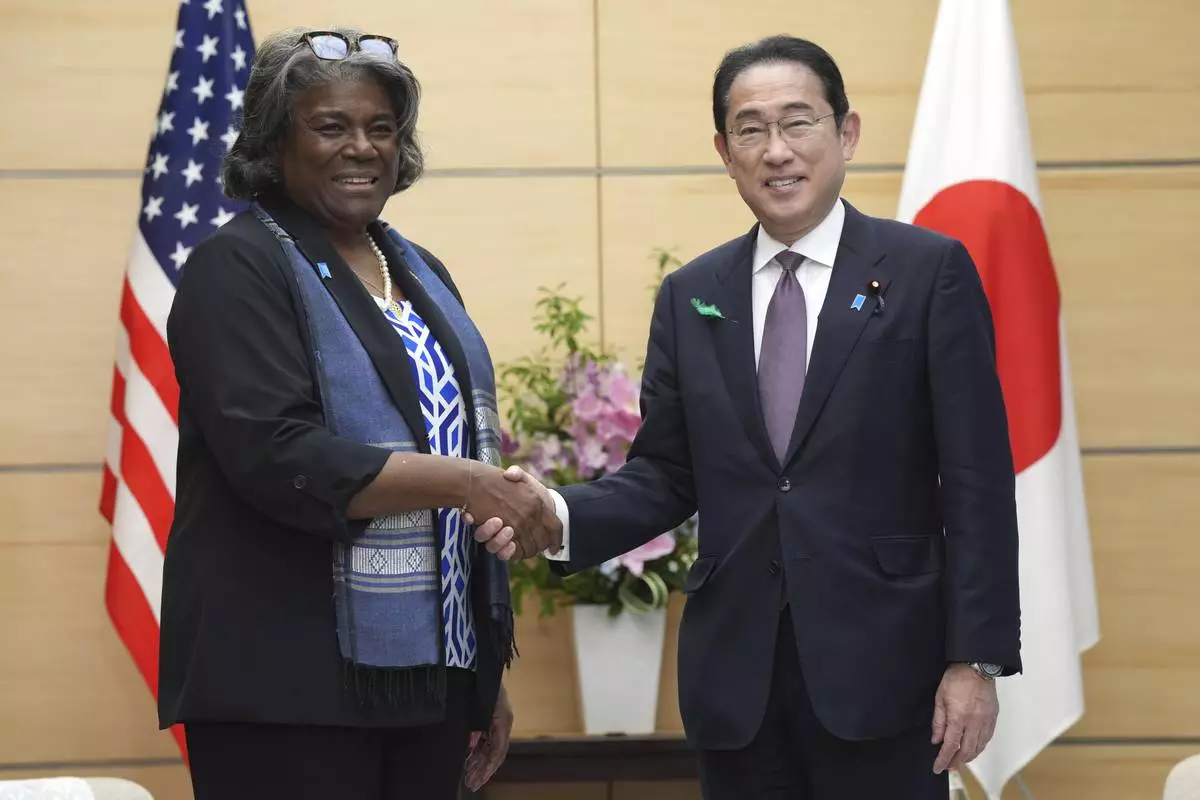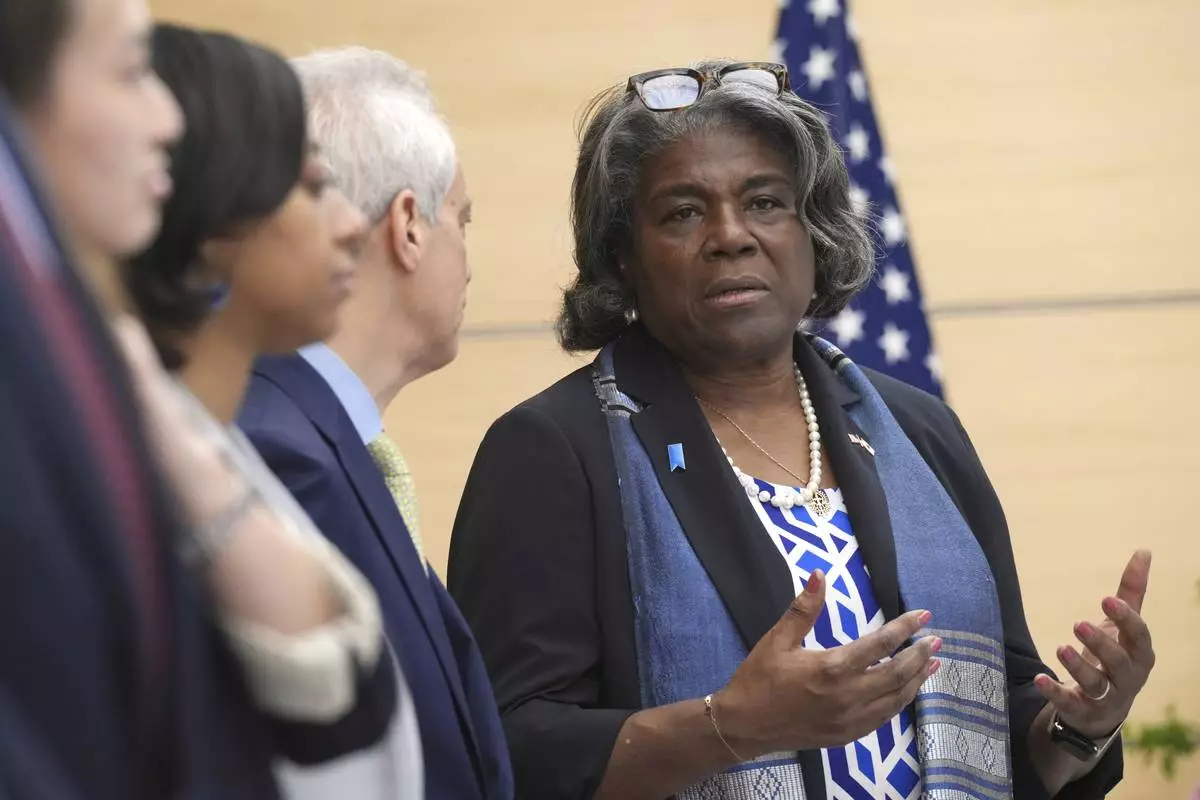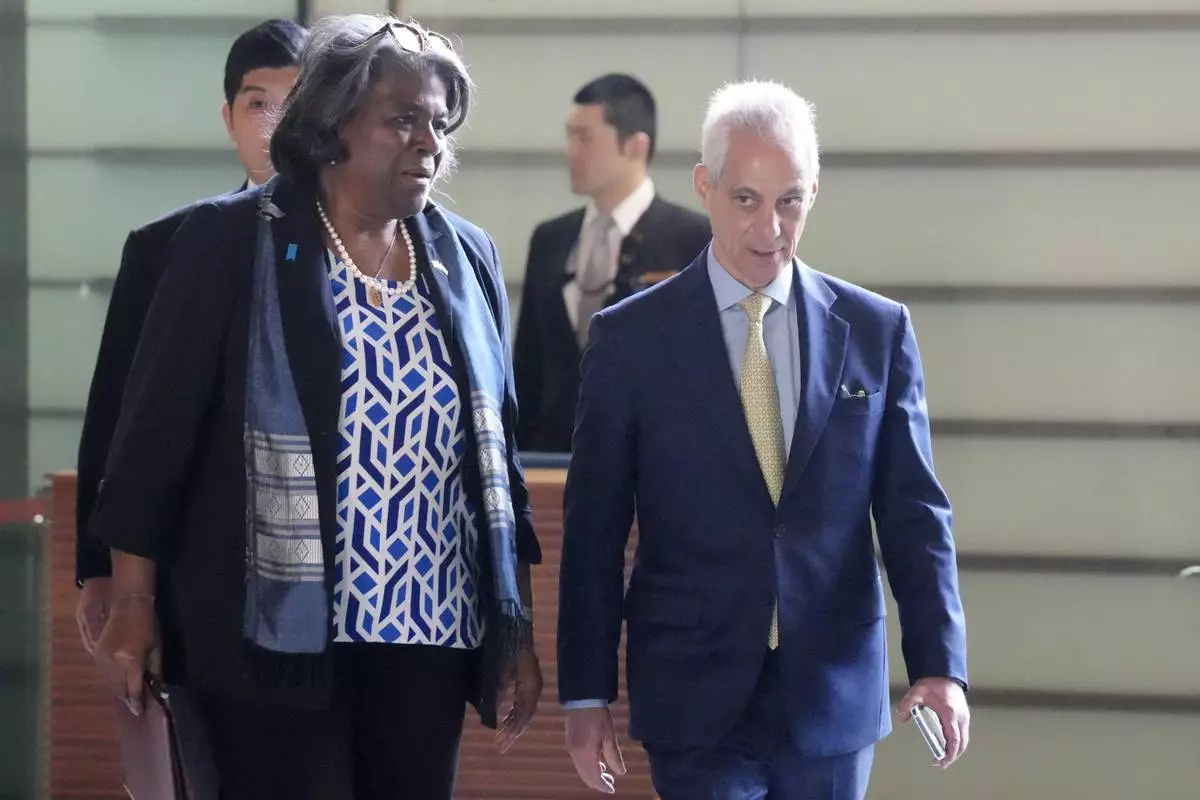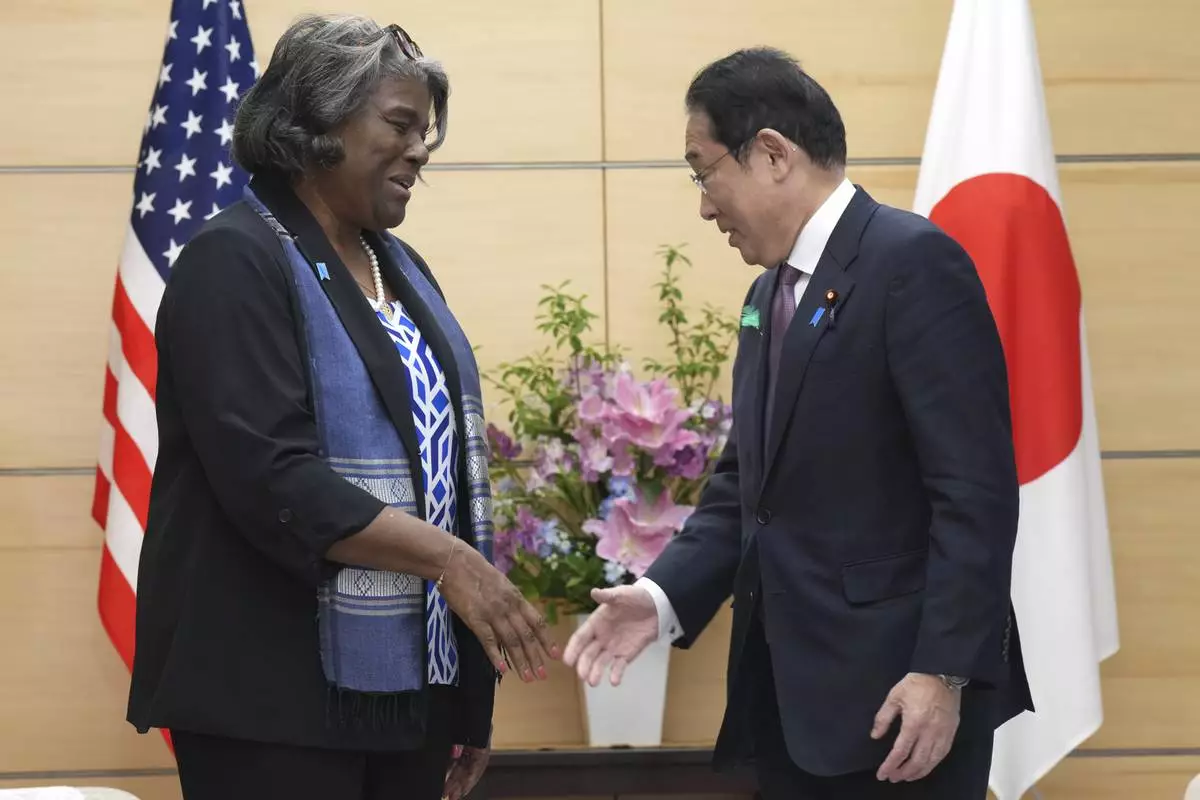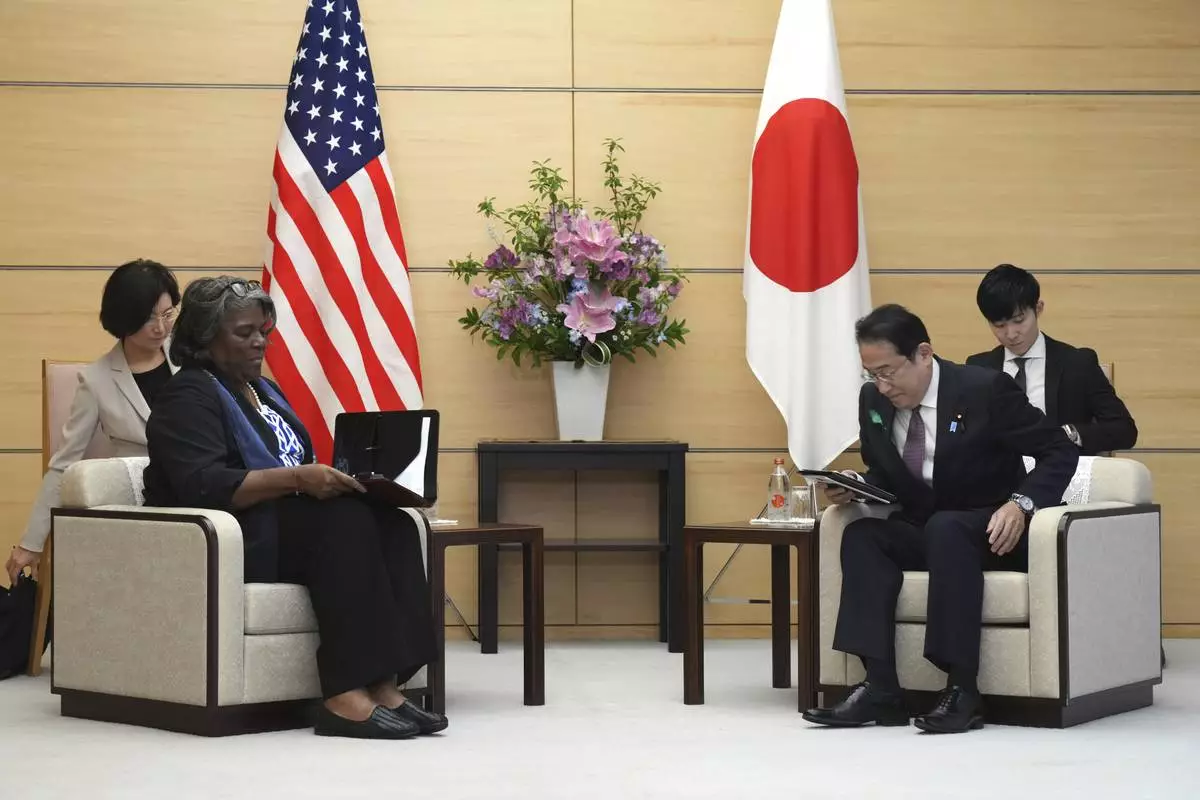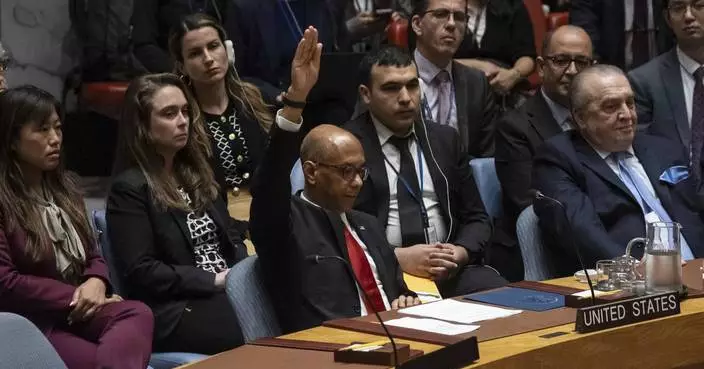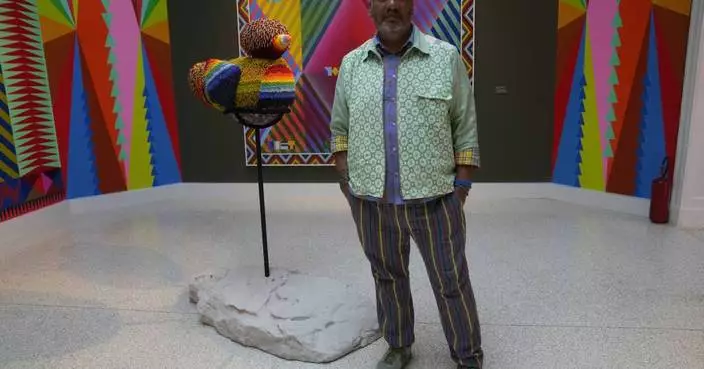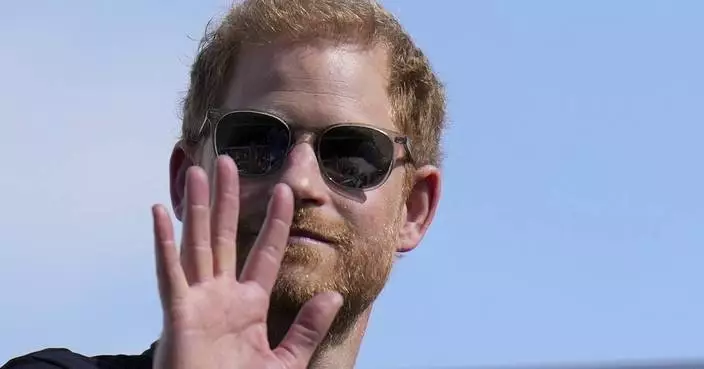As Secretary of State Mike Pompeo prepares to travel this week to North Korea, experts cautioned that the Trump administration's plan to dismantle the North's nuclear weapons and missiles in a year is both unrealistic and risky.
The State Department said Pompeo would arrive Friday on his third visit to Pyongyang in three months. It will be the first visit by a senior U.S. official since President Donald Trump's historic meeting with Kim Jong Un on June 12 in Singapore, where the North Korean leader committed to "complete denuclearization" of the Korean Peninsula.

FILE - In this June 27, 2018, file photo, U.S. National security adviser John Bolton listens to question as speaks to the media after his talks with Russian President Vladimir Putin in Moscow, Russia. Bolton said Sunday, July 1, the U.S. has a plan that would lead to the dismantling of North Korea's nuclear weapons and ballistic missile programs in a year. (AP Photo/Alexander Zemlianichenko, File)
Trump's questionable claim afterward that the North was no longer a nuclear threat was soon displaced by doubts about how to achieve denuclearization, a goal that has eluded U.S. administrations for the past quarter-century since Pyongyang began producing fissile material for bombs.
Less than three weeks ago, Pompeo said the United States wanted North Korea to take "major" nuclear disarmament steps within the next two years — before the end of Trump's first term in January 2021. Even that was viewed as bullish by nonproliferation experts considering the scale of North Korea's weapons program and its history of evasion and reluctance to allow verification of disarmament agreements.
But on Sunday, Trump's national security adviser, John Bolton, publicized the more ambitious one-year plan that he said Pompeo will be discussing with the North Koreans. Bolton, who has expressed hard-line views on North Korea, said that if Pyongyang has decided to give up its nuclear weapons program and is cooperative, then "we can move very quickly" and they can win sanctions relief and aid from South Korea and Japan.
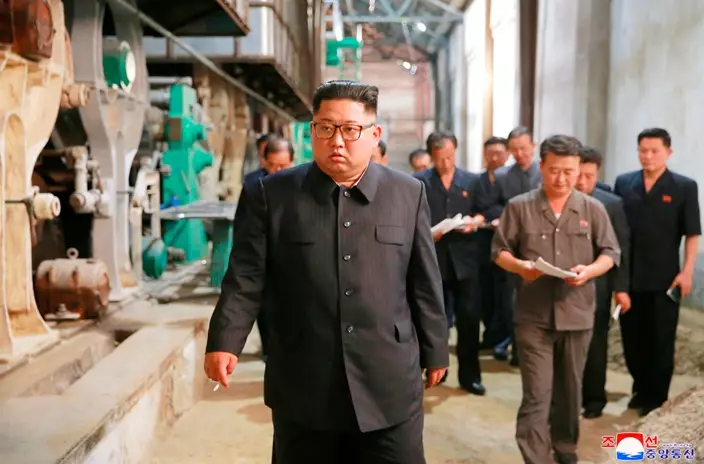
In this undated photo provided on July 2, 2018, by the North Korean government, North Korean leader Kim Jong Un, center, visits Sinuiju Chemical Fibre Mill in Sinuiju, North Korea. Independent journalists were not given access to cover the event depicted in this image distributed by the North Korean government. The content of this image is as provided and cannot be independently verified. Korean language watermark on image as provided by source reads: "KCNA" which is the abbreviation for Korean Central News Agency. (Korean Central News Agency/Korea News Service via AP)
The rapid timeline he proposed contrasts with more measured, methodical strategies that most North Korea experts insist are needed to produce a lasting denuclearization agreement. They say any solid deal will require Kim to be completely transparent about his program — at a time when intelligence reports suggest he will try to deceive the United States about the extent of his covert weapons or facilities.
The one-year plan is predicated on the North Koreans "rolling over and playing dead," said Joel Wit, a former State Department official who helped negotiate a 1994 agreement that temporarily froze Pyongyang's nuclear program. "If it's our going-in position, it's fine. We should give it a try and see where it goes. If it's our bottom line, it's dead on arrival and then provides a pretext for John Bolton to make mischief."
To date, Kim has halted nuclear and missile tests and has destroyed tunnels at the North's nuclear test site, but the authoritarian nation has yet to take concrete steps toward abandoning its weapons programs. Recent think tank analyses using satellite imagery suggest that Pyongyang may even be expanding some facilities linked to its missile and nuclear programs.
The Washington Post on Saturday cited unnamed U.S. intelligence officials as concluding that North Korea does not intend to fully surrender its nuclear stockpile. Evidence collected since the summit points to preparations to deceive the U.S. about the number of nuclear warheads in North Korea's arsenal as well as the existence of undisclosed facilities used to make fissile material for nuclear bombs, according to the report. Some aspects of the updated intelligence were reported Friday by NBC News.
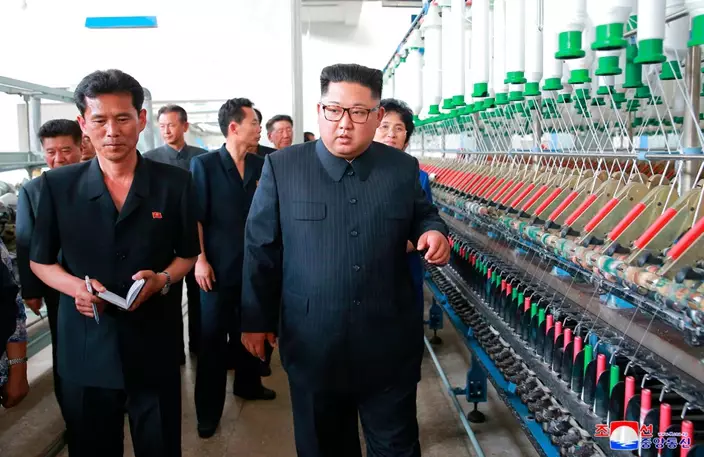
In this undated photo provided on July 2, 2018, by the North Korean government, North Korean leader Kim Jong Un, center, visits Sinuiju Chemical Fibre Mill in Sinuiju, North Korea. Independent journalists were not given access to cover the event depicted in this image distributed by the North Korean government. The content of this image is as provided and cannot be independently verified. Korean language watermark on image as provided by source reads: "KCNA" which is the abbreviation for Korean Central News Agency. (Korean Central News Agency/Korea News Service via AP)
A U.S. official told The Associated Press that the Post's report was accurate and that the assessment reflected the consistent view across U.S. government agencies for the past several weeks. The official was not authorized to comment publicly on the matter and spoke on condition of anonymity.
North Korea and Washington have yet to negotiate the terms under which the North would relinquish its weapons, so Pyongyang can be expected to seek leverage in those discussions. But those reported activities could add to misgivings in the United States, which has seen agreements with the North flounder before, often amid allegations of evasion or cheating. Pyongyang has often had its own complaints about Washington over slow delivery of aid and imposition of sanctions.
"Denuclearization is no simple task. There is no precedent for a country that has openly tested nuclear weapons and developed a nuclear arsenal and infrastructure as substantial as the one in North Korea to give up its nuclear weapons," Daryl Kimball, executive director of the Arms Control Association, wrote in a commentary published Monday.
A strategy by David Albright at the Institute for Science and International Security suggests the U.S. needs to get Kim to disclose a complete list of all his nuclear program sites and materials, including uranium and plutonium. He also said Trump and Kim should decide whether to move the nuclear weapons out of North Korea to dismantle them or do it inside the country.
Even if North Korea is cooperative, the magnitude of dismantling its weapons of mass destruction programs, believed to encompass dozens of sites, will be tough, according to Stanford University academics, including nuclear physicist Siegfried Hecker, a leading expert on the North's nuclear program.
The Stanford team has proposed a 10-year roadmap, based on its belief that "North Korea will not give up its weapons and its weapons program until its security can be assured."
And they say such assurance cannot be achieved by a hasty promise or written agreement.
"The suggestion of shipping the North's nuclear weapons out of the country is naive and dangerous. The weapons must be disassembled by the people who assembled them," Hecker's group said. "Although the U.S. should be prepared to accept all concessions Kim is willing to make early on, such as closing the nuclear test site, it must be prepared for a phased approach."



